
Halliburton Co. (HAL)

Countdown to Halliburton (HAL) Q3 Earnings: A Look at Estimates Beyond Revenue and EPS
Looking beyond Wall Street's top-and-bottom-line estimate forecasts for Halliburton (HAL), delve into some of its key metrics to gain a deeper insight into the company's potential performance for the quarter ended September 2025.
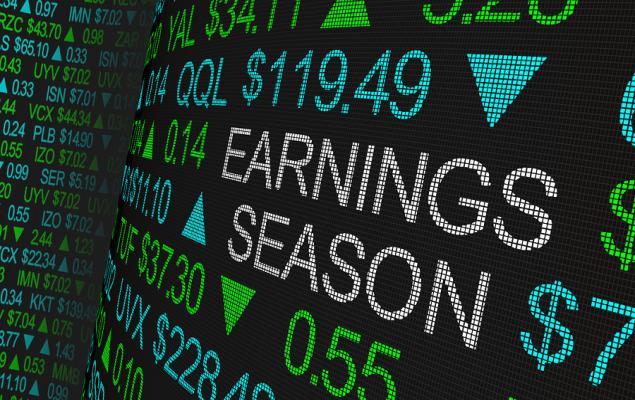
Halliburton Q3 Earnings Preview: Here's What You Should Know
HAL gears up for Q3 results amid ongoing North American weakness, Mexico challenges, and growing digital momentum.

Earnings Preview: Halliburton (HAL) Q3 Earnings Expected to Decline
Halliburton (HAL) doesn't possess the right combination of the two key ingredients for a likely earnings beat in its upcoming report. Get prepared with the key expectations.
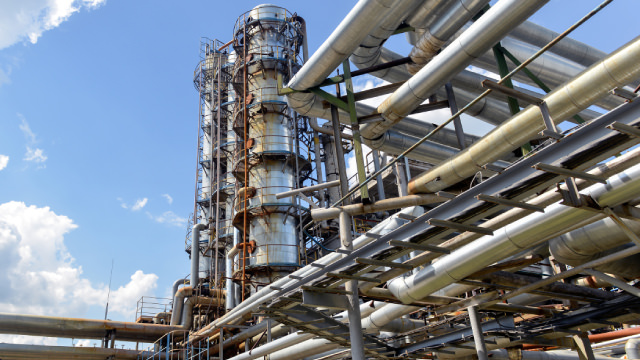
Halliburton (HAL) Rises Higher Than Market: Key Facts
Halliburton (HAL) closed the most recent trading day at $22.5, moving +2.41% from the previous trading session.

Halliburton (HAL) Stock Dips While Market Gains: Key Facts
In the most recent trading session, Halliburton (HAL) closed at $24.38, indicating a -2.09% shift from the previous trading day.

Halliburton Secures Global License for FiberLine Technology
HAL secures global license for WellSense's FiberLine Intervention tech, enhancing well diagnostics and supporting safer, smarter and more sustainable energy operations.
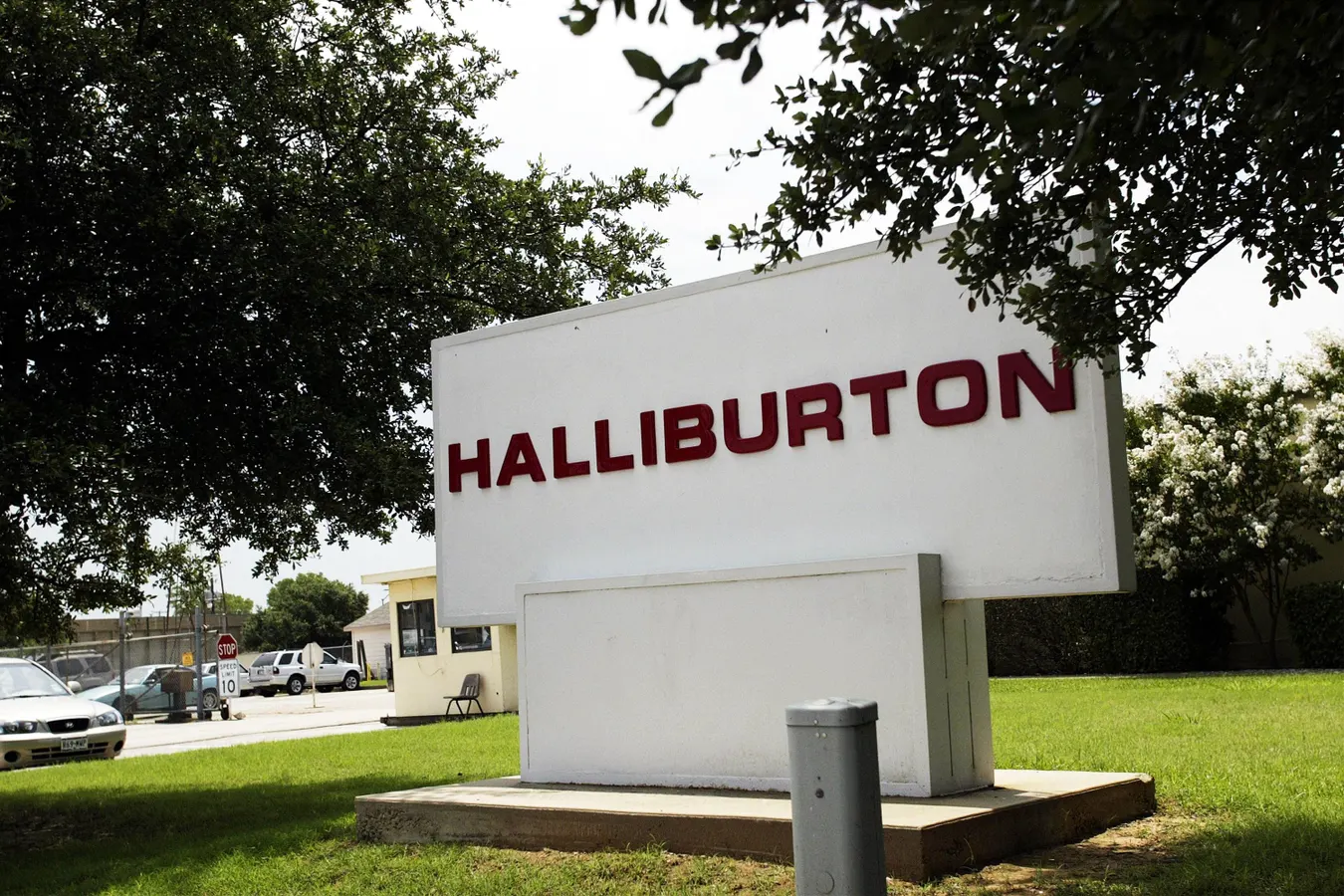
What's Happening With Halliburton Stock?
Halliburton (HAL) shares achieved a fifth consecutive day of gains, accumulating a total return of 9.8% during this time frame. The gains come amidst an uptick in oil prices, which typically bodes well for oilfield services demand.

Petrobras Taps Halliburton & SLB for $328M Buzios Contracts
PBR awards Halliburton and SLB $328 million in well services contracts to boost output at Brazil's massive Buzios pre-salt field.
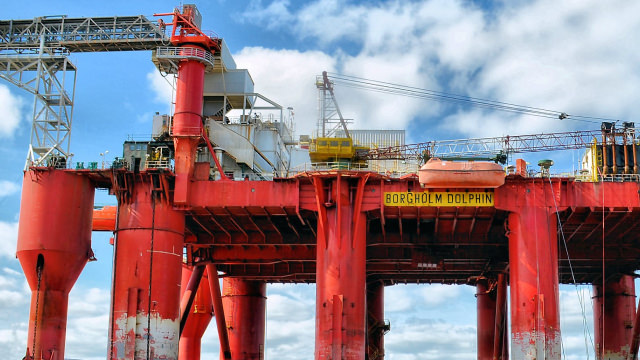
Why Is Halliburton (HAL) Down 4% Since Last Earnings Report?
Halliburton (HAL) reported earnings 30 days ago. What's next for the stock?

Halliburton Secures Well Stimulation Contract for North Sea Project
HAL lands a five-year deal with COP to deliver advanced well stimulation services in the North Sea.
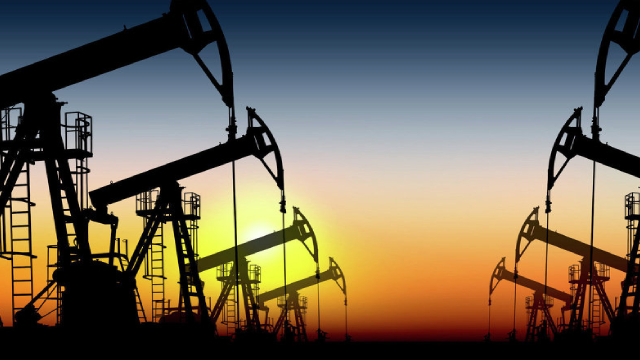
Halliburton: Drilling America's Second Tier Acreage Becomes A Geopolitical Imperative
Halliburton: Drilling America's Second Tier Acreage Becomes A Geopolitical Imperative

Halliburton Elevates ESP Optimization With SK Well Pages
HAL's next-gen Summit Knowledge digital ecosystem boosts ESP performance with real-time insights, predictive tools and enhanced control.







